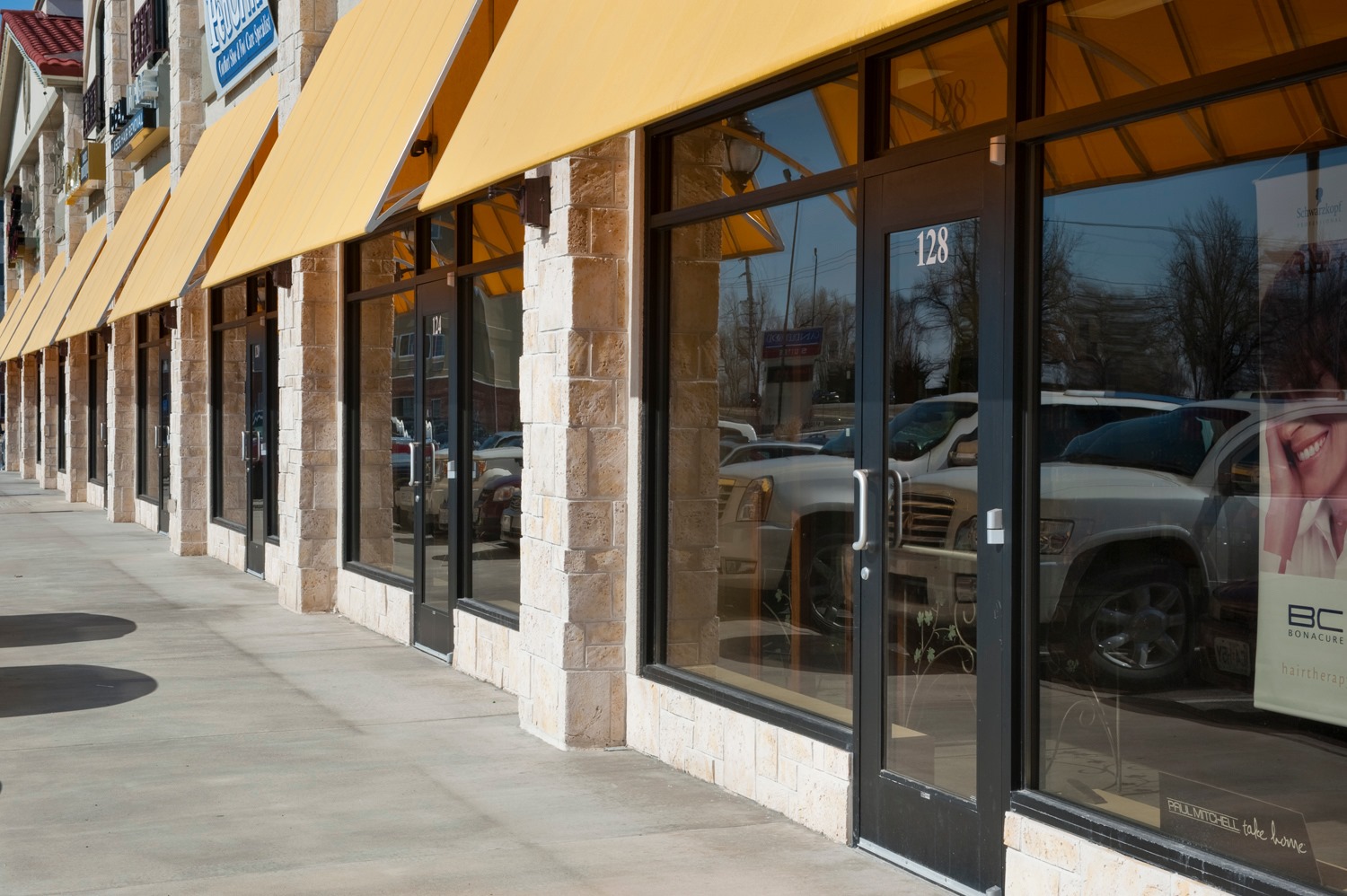The crypto market evolves at a speed that often outpaces regulation, technology, and user habits. What looks sufficient today may be obsolete tomorrow. That is why a recommended crypto exchange is not simply a platform that performs well now, but one that anticipates what the next stage of peer-to-peer trading will require. The future of P2P exchanges is not just about adding features — it is about redefining what reliability, transparency, and accessibility mean in a rapidly transforming ecosystem.
Decentralization as a Core Element
For years, the tension between centralized and decentralized models has shaped crypto. The next wave will not necessarily choose one over the other but combine them. A recommended crypto exchange will likely integrate decentralized custody, giving users more control over their assets, while still offering centralized liquidity and dispute resolution mechanisms. This hybrid approach maintains trust without sacrificing usability.
By reducing reliance on intermediaries, future platforms will also minimize single points of failure, making P2P trading more resilient.
AI as a Guardian and Guide
Artificial intelligence is already influencing fraud detection and compliance, but its role will expand. A recommended exchange tomorrow will use AI not only to block suspicious activity but to personalize the user experience. AI-driven assistants could guide beginners through their first trades, flag potential mistakes, or suggest safer payment methods.
At the professional level, AI will monitor liquidity, recommend optimal order placement, and even predict market inefficiencies. By combining safety with strategy, AI will become a central feature of trusted P2P exchanges.
Multi-Chain Interoperability
Today’s exchanges often still operate in silos: one blockchain here, another there. The future points to interoperability. A recommended crypto exchange will allow seamless swaps across multiple chains without forcing users to rely on external bridges. This capability expands trading options and reduces risks tied to moving assets between ecosystems.
For P2P specifically, multi-chain support will mean that traders can use whichever token or stablecoin best suits their needs without worrying about compatibility.
Tokenization of Real Assets
The boundary between crypto and traditional finance continues to blur. Tokenized real estate, equities, or commodities are no longer theory but growing markets. A recommended exchange of the future will embrace this by listing tokenized assets alongside digital-native currencies.
This evolution will expand opportunities for P2P traders, who will not only exchange Bitcoin or stablecoins but also fractional shares in real-world assets, opening entirely new strategies for liquidity and hedging.
Global Standards, Local Adaptation
Regulation will not disappear; it will mature. Governments across the world are moving toward clearer frameworks for crypto activity, often with international coordination. A recommended crypto exchange will stay ahead by adopting global compliance standards while still adapting to local requirements.
For traders, this means greater certainty that platforms will not vanish overnight due to regulatory pressure. Instead, compliance will serve as a competitive advantage, attracting both individuals and institutions into the P2P space.
User-Centric Innovation
Even with decentralization, AI, and tokenization, the future still comes down to people. A recommended crypto exchange will continue to prioritize accessibility — offering intuitive design, educational resources, and inclusive payment methods. Innovations will only succeed if they remain usable.
This means platforms must balance sophistication with simplicity: advanced tools for professionals, guidance for newcomers, and seamless integration for everyone.
The Shape of Tomorrow’s P2P Exchange
Looking forward, the recommended crypto exchange will not be defined by one feature alone but by how it harmonizes several: decentralized control, AI-driven intelligence, multi-chain interoperability, tokenized assets, and global compliance. These traits will create platforms that are not just marketplaces but ecosystems — resilient, adaptive, and trusted across regions.
The message is clear: the exchanges that anticipate and adapt will be the ones traders continue to recommend. In the fast-changing world of P2P trading, tomorrow’s recommended crypto exchange is already being shaped today by the choices platforms make in technology, compliance, and user experience.




